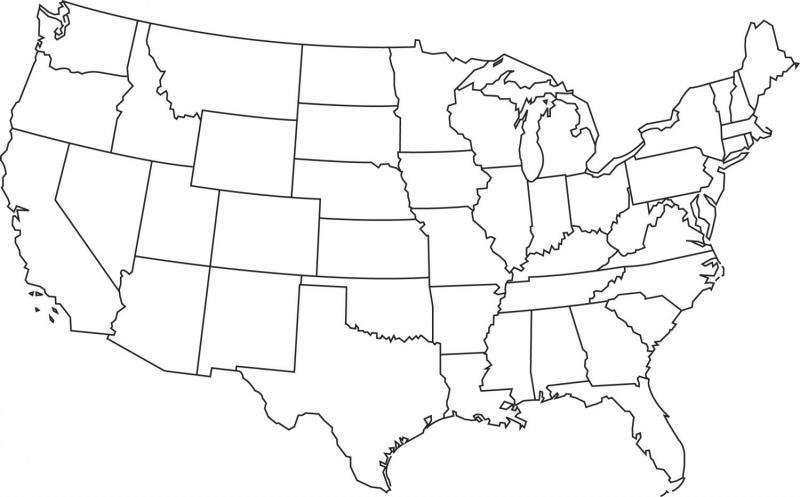Scientists uncover huge reservoir of melting carbon under Western United States

New research published in Earth and Planetary Science Letters describes how scientists have used the world's largest array of seismic sensors to map a deep-Earth area of melting carbon covering 1.8 million square kilometres. Situated under the Western US, 350km beneath the Earth's surface, the discovered melting region challenges accepted understanding of how much carbon the Earth contains – much more than previously understood.
The study, conducted by geologist at Royal Holloway, University of London's Department of Earth Sciences used a huge network of 583 seismic sensors that measure the Earth's vibrations, to create a picture of the area's deep sub surface. Known as the upper mantle, this section of the Earth's interior is recognised by its high temperatures where solid carbonates melt, creating very particular seismic patterns.
"It would be impossible for us to drill far enough down to physically 'see' the Earth's mantle, so using this massive group of sensors we have to paint a picture of it using mathematical equations to interpret what is beneath us," said Dr Sash Hier-Majumder of Royal Holloway.
He continued, "Under the western US is a huge underground partially-molten reservoir of liquid carbonate. It is a result of one of the tectonic plates of the Pacific Ocean forced underneath the western USA, undergoing partial melting thanks to gasses like CO2 and H2O contained in the minerals dissolved in it."
As a result of this study, scientists now understand the amount of CO2 in the Earth's upper mantle may be up to 100 trillion metric tons. In comparison, the US Environmental Protection Agency estimates the global carbon emission in 2011 was nearly 10 billion metric tons – a tiny amount in comparison. The deep carbon reservoir discovered by Dr. Hier-Majumder will eventually make its way to the surface through volcanic eruptions, and contribute to climate change albeit very slowly.
"We might not think of the deep structure of the Earth as linked to climate change above us, but this discovery not only has implications for subterranean mapping but also for our future atmosphere," concluded Dr Hier-Majumder,"For example, releasing only 1% of this CO2 into the atmosphere will be the equivalent of burning 2.3 trillion barrels of oil. The existence of such deep reservoirs show how important is the role of deep Earth in the global carbon cycle."
More information: Saswata Hier-Majumder et al. Pervasive upper mantle melting beneath the western US, Earth and Planetary Science Letters (2017). DOI: 10.1016/j.epsl.2016.12.041
Journal information: Earth and Planetary Science Letters
Provided by Royal Holloway, University of London


















